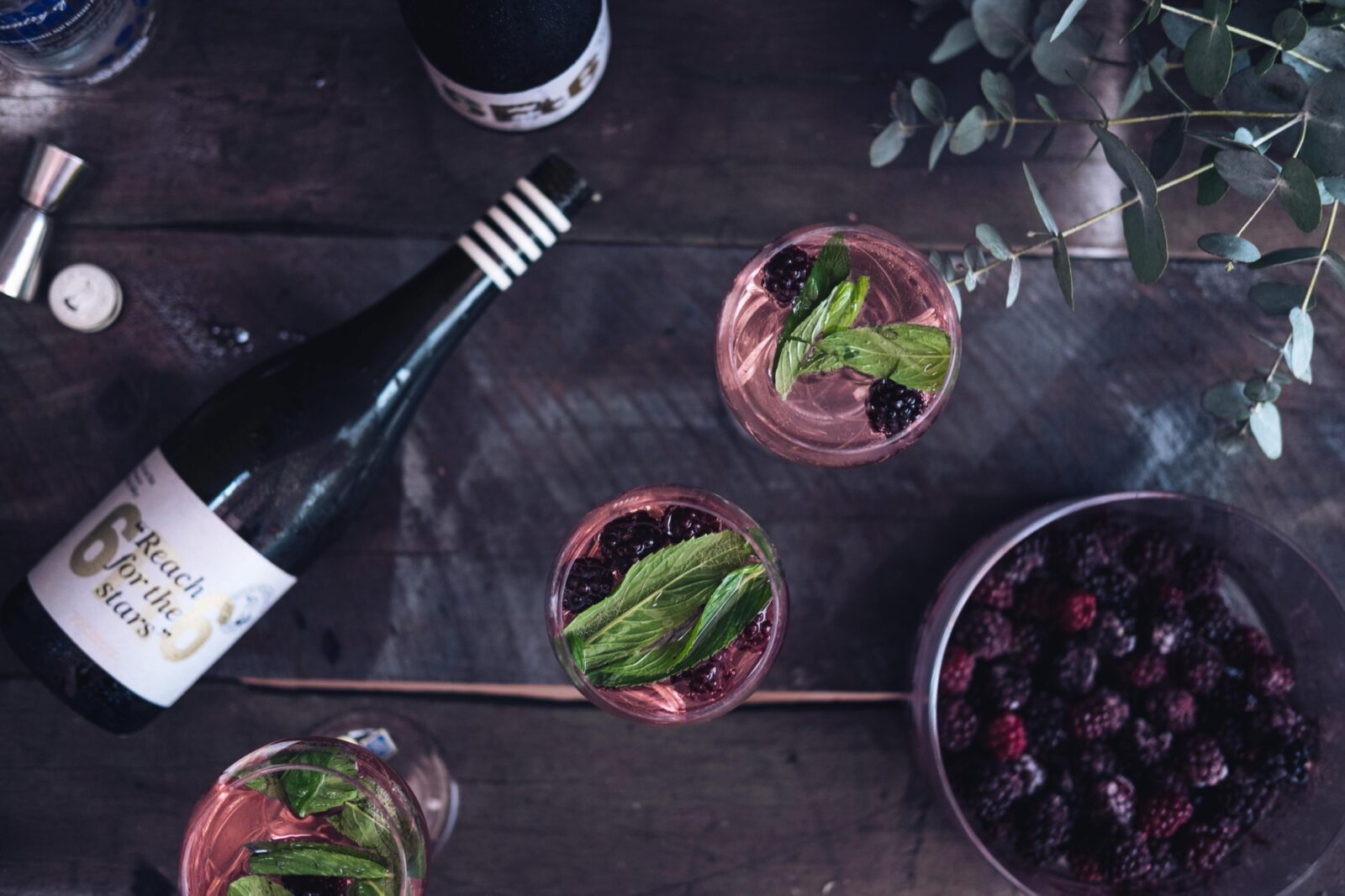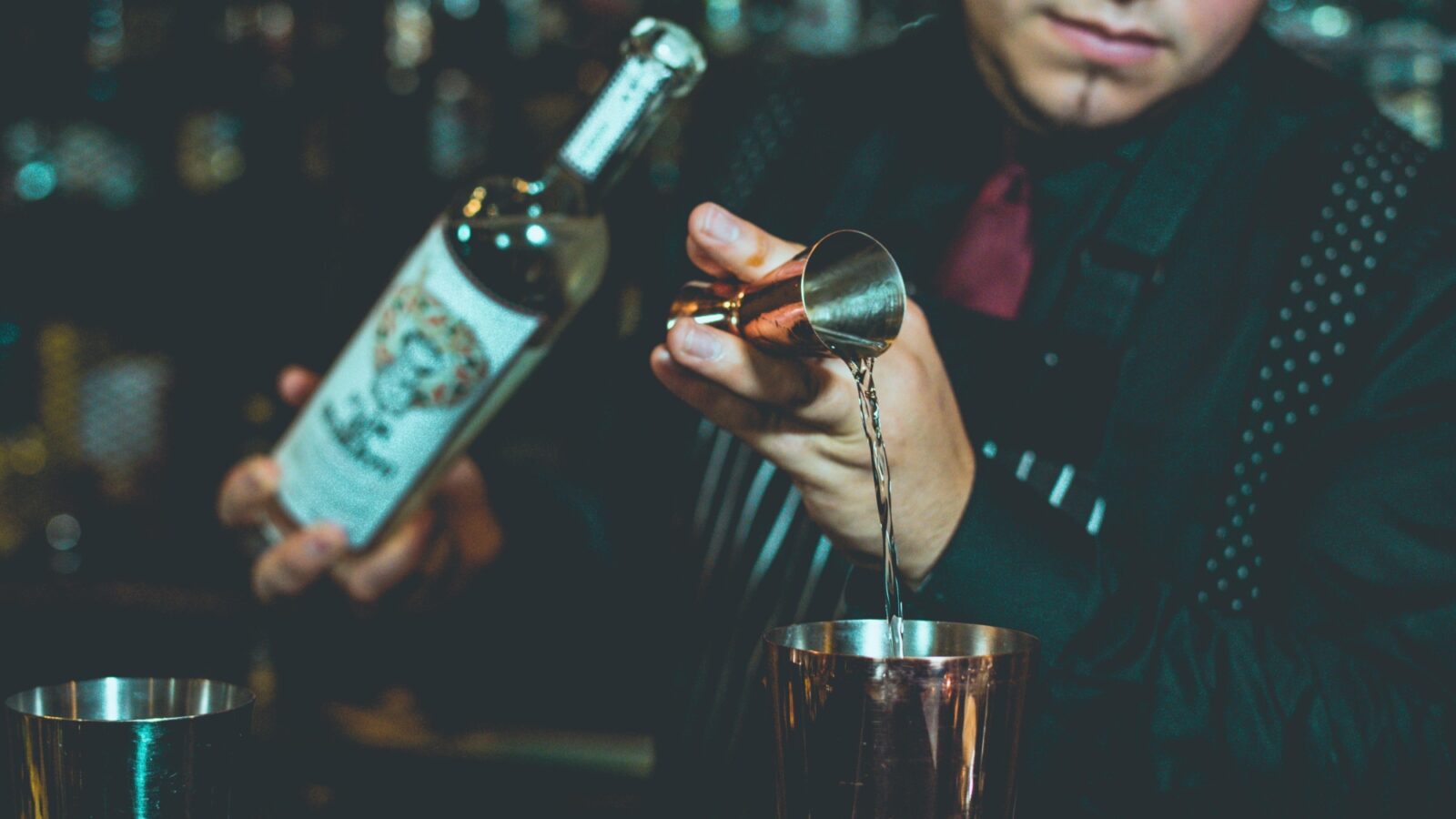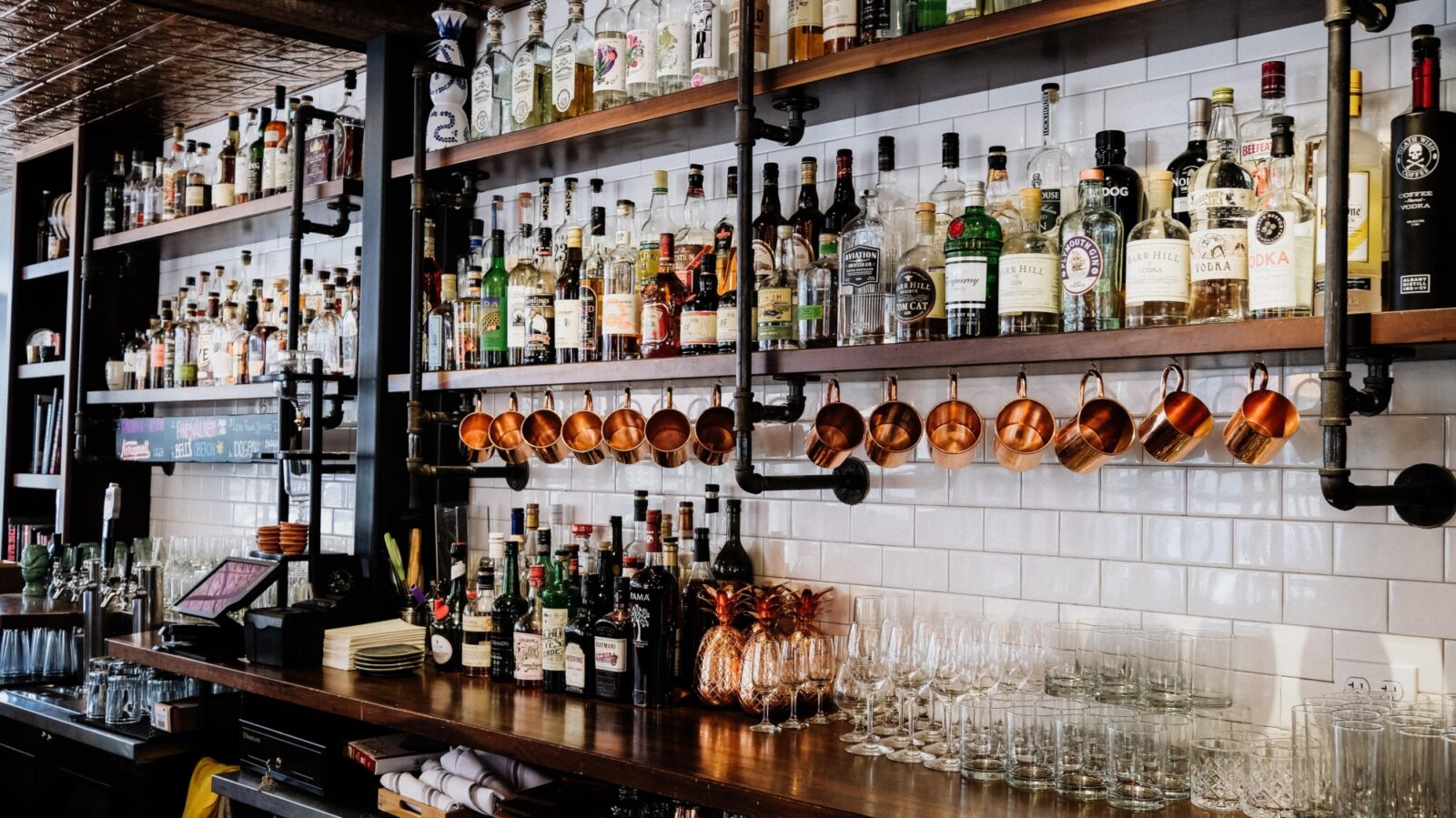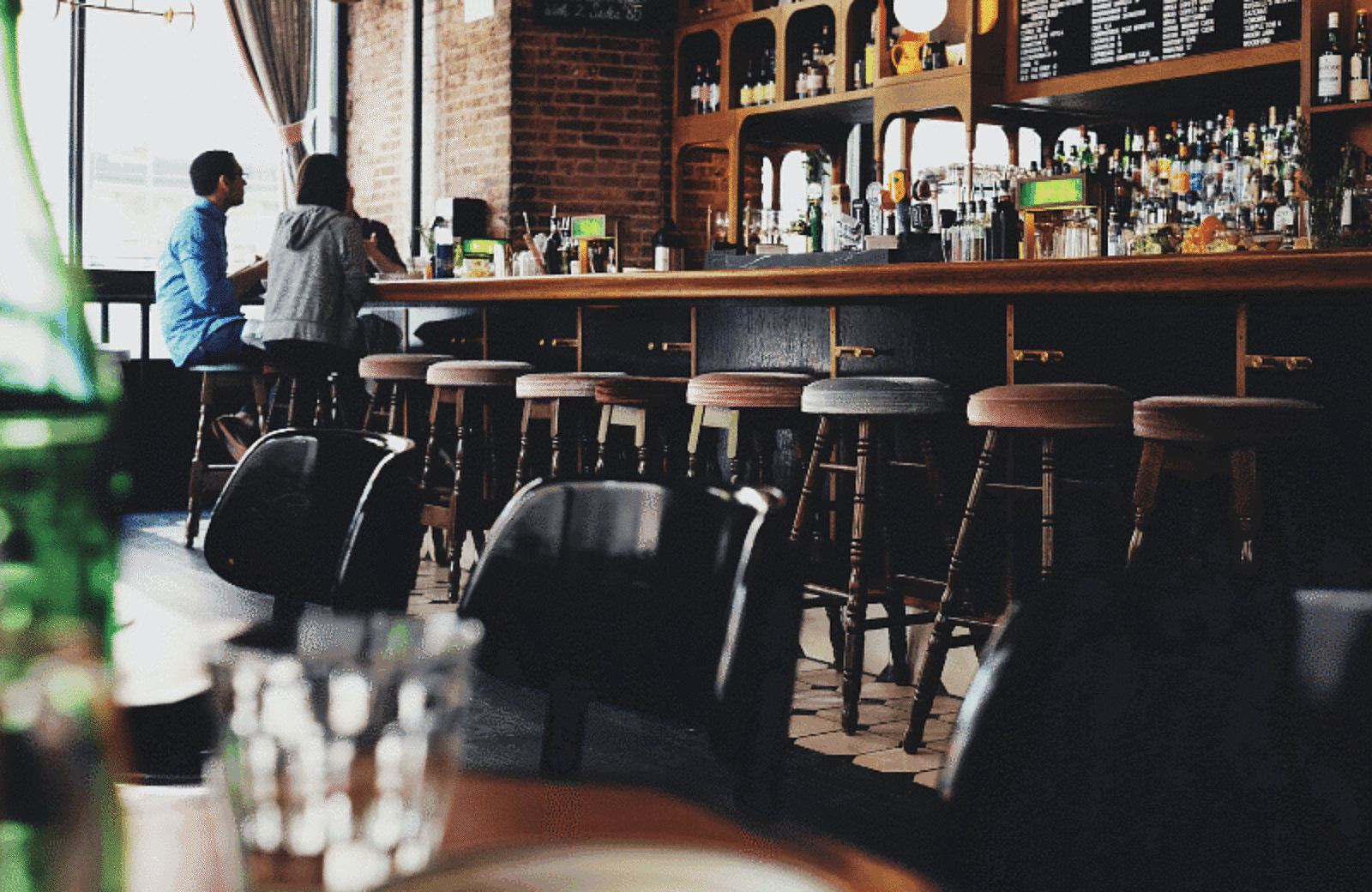
What is a Beverage Program?
Developing a beverage program can make your restaurant stand out, increase your profits, bring in new customers, and delight your regulars.

Dahlia SnaidermanAuthor
An extensive wine list is not a new concept in the restaurant industry, but during the past decade or so, there’s been an increased emphasis on the restaurant beverage program.
Developing a beverage program — a thoughtfully curated list of drinks you serve, alcoholic or otherwise — can make your restaurant stand out, increase your profits, bring in new customers, and delight your regulars.
Liquor is shelf-stable, and many wines and beers can last months if not years, so this means you’re taking less of a risk by experimenting with drinks than you would be with a menu special.
Restaurant Informer says although beverages typically make up only 25 or 30 percent of a restaurant’s sales, putting an emphasis on your beverage program and selling it well can increase beverage sales to closer to 50 percent. Typical food cost for a restaurant sits between 25 and 35 percent, but liquor cost of goods is often closer to 20 percent, so it’s worth it to look into how developing a beverage program could be a good financial choice for your restaurant.
Menu Engineering Course
Take this course to make the most of your menu. Learn about menu psychology and design, managing your menu online, and adapting your menu to increase sales.

How to Make Your Beverage Program Shine
Calculate the price of cocktails, and don’t forget about labor.
It’s no secret that drinks are a great driver of profit — you can buy liquor in bulk, mixers are cheap, and drinks are quicker to make than food items.
It’s important to include labor into your price per cocktail, explains SevenFifty. If a drink is quick to make, it costs you less. Think about the hourly wage of a bartender, and consider how many of a specific drink they could make in an hour. A basic gin and tonic will be quicker to make than a daiquiri, which sometimes requires time in a blender plus the preparation of garnishes.
Also consider how much time it takes to create the ingredients of a cocktail — if you make a special rosemary simple syrup for a signature drink, don’t forget to account for the labor of the cook who made it.
Pair your drinks with your food.
If you’re a Mexican restaurant, look into expanding your cocktail menu with Palomas and Micheladas. If you’re a French restaurant that mainly makes food from Provence, pair your food with wine from that same region. Seems obvious, but a lot of restaurants take the “give everyone all the options!” approach. It can work for certain types of restaurants, but a more focused, curated list of well-made drinks that actually make sense with your food comes across as more impressive.
Know your audience.
Be sure you know your customer base before you expand your beverage program. If you cater to a crowd that’s mostly families, there’s probably not much of a market for specialized shots. Avoid falling into the trap of drink stereotypes (such as men liking beer, and women liking wine). Instead, do some research by asking your regulars what they most enjoy drinking.
In the same vein, don’t buy top-shelf liquor if your restaurant is loved for its affordability and great value.
Sell more drinks with specials.
If you have a handful of amazing cocktail ideas up your sleeve, it’s worth spreading them out through seasonal or monthly menus, or even a rotating drink special.
Creating a monthly cocktail special is a great approach, because you’ll know in advance you’ll sell a lot of a specific liquor, so you can order in bulk. For example, Brass Union in Somerville, MA, had a special on French 75s for all of January — the gin and lemon cocktail was on special for $5.
Happy hours can be extremely lucrative.
If you live in a city where time-based drink specials are legal (some cities have restrictions against them), lowering the price of a few specific cocktails during typically slow times of day can boost your drink sales. But it can also boost food sales, because people often get hungry when they’re drinking.
Train your staff to sell the drinks.
If you buy new inventory to spice up your beverage offerings, but no one knows how to sell a triple IPA or a smoky mezcal-based cocktail, your inventory will gather dust and your investment won’t yield you any profit.
Hire an experienced bartender.
Especially if you’re adding special cocktails to your menu, hire someone who knows how to make them and who can help you develop new ones. They may ask for a higher rate than a less-experienced bartender, but they’ll be more knowledgeable about how to prepare and sell your new beverages.
Contract a beverage consultant.
To go above and beyond, invest in hiring a beverage consultant to build your beverage program — it’s how many award-winning beverage programs are made. Sommeliers, cicerones, and cocktail specialists are being put to work in restaurants to bring their beverage offerings to the next level. They’ll tell you what to buy, how to get it for the lowest price, how to sell what you’re offering, and how to make your drinks menu shine.
What Goes Into a Great Drinks Menu
It’s important to account for the varied preferences of your customers when building your beverage program. Striking a balance between wine, beer, cocktails, and non-alcoholic specialty drinks is key.
Wine
Balance the classics like chardonnay, pinot grigio, and cabernet sauvignon with wines that will surprise and delight your guests, like smaller-production wines, natural wines, or wines from parts of the world not typically associated with wine. The dining public is more informed than ever about wine tasting and sourcing, and many are open to experimenting with new wines.
Have your servers taste the new wines and learn about them so that they can effectively sell them to your customers. Otherwise, people could be intimidated by a name they’ve never seen before and your investment will fall flat.
A restaurant’s wine list typically it shows all of the available options a guest can drink at your restaurant, and guests can’t go off the list. That’s why it’s important to balance classics with new options.
Cocktails
In contrast to wine lists, cocktail lists are typically there to spotlight special drinks you offer, not to list off every single cocktail option available (especially since there are thousands of possible combinations in even the most basic bar setup). Most diners know they can order a vodka soda anywhere, so providing a list of unique cocktails is a great way to get them to think outside the box. The diners who want something simple will probably still order their usual, but more adventurous drinkers will love making their way through your cocktail list.
It’s worth developing a signature house cocktail your guests know they can only get at your restaurant. You may be thinking “but all the good drinks have already been invented!” — don’t worry. You can create your spin on a classic instead of starting from scratch.
Play around with different flavor combinations that complement your food. Think about the produce and fresh herbs that frequently show up in your food, and work with your chef, bartender, or beverage consultant to incorporate those flavors into a cocktail.
Craft Beer
The craft beer trend has stood the test of time, and many restaurants have begun to include a roster of craft beers to their drink menu to round out the Heinekens and Coronas. Like a wine list, a beer list often shows all the available options. Balance bottled, canned, and on tap options.
If you know of a microbrewery in your city or town, consider partnering with them to provide your craft beer options. You might get a better rate, you’ll be supporting a local business, and you can also work out a way to feature each other in your marketing initiatives.
Non-Alcoholic Drinks
Don’t leave non-drinkers behind. Shrubs, kombucha, Italian sodas, virgin cocktails (or mocktails), specialty teas, and coffee-based drinks are all great ways to make sure you’re providing something special for everyone. They also often require ingredients that are cheaper than alcohol, like coffee or juice, which is good news for your food cost as well.
Examples of the Best Beverage Programs
Tail-Up Goat in Washington, DC is nominated for a James Beard Award for Outstanding Wine Program this year, and it’s easy to see why: Their wine list is eclectic and exciting, highlighting wines from Greece. Their non-alcoholic selections are also creative, including a beet-apple-chipotle shrub.
Oleana in Cambridge, MA has a drinks menu that really does have something for everyone. Red, white, bubbly, and rose by the glass or the bottle, ciders and beers, wine-based cocktails, aperitifs, sherries, vermouth, and several non-alcoholic options, like a Turkish Spritz with pear and cardamom.
Sqirl in Los Angeles, CA does a particularly standout job of spotlighting exciting non-alcoholic drinks — they don’t even serve alcohol, but they still have over 30 options. Turmeric tonic, vanilla bean limeade, a spin on Thai iced tea, and vegan horchata are just some of the options.
Latitude29 in New Orleans, LA provides a brief story with each drink, which can entice diners to take the leap and try something new.
The Black Birch in Kittery, ME’s drinks menu provides dozens of options, including wine by the glass or by the bottle and lots of craft beers, but the 11 specialty cocktails are the highlight here.
One Door North in San Diego, CA has four different drink menus: one for Happy Hour, one for Whiskey Wednesday, one for Brunch Drinks, and one general Cocktail Menu. They’re each on the smaller side, spotlighting specials instead of providing you with every choice under the sun.
DADA in Delray Beach, FL has an extensive drinks list, with a particularly well-categorized wine list, including a section called “eclectic whites.”
Armed with these ideas and best practices, you can put together a beverage program for your restaurant that all your guests will love.
Related Restaurant Resources
- Best Restaurant Management Software
- Best Restaurant Payment Processors
- Best Restaurant Payroll Software
- Best Restaurant Website Builders
- Best Restaurant Food Delivery Apps
- Best Food Delivery Software
- Best Restaurant Reservations App and Software
- Best Free Restaurant POS Software
- Best Restaurant Scheduling Software
- Best Restaurant Accounting Software
Is this article helpful?
DISCLAIMER: This information is provided for general informational purposes only, and publication does not constitute an endorsement. Toast does not warrant the accuracy or completeness of any information, text, graphics, links, or other items contained within this content. Toast does not guarantee you will achieve any specific results if you follow any advice herein. It may be advisable for you to consult with a professional such as a lawyer, accountant, or business advisor for advice specific to your situation.
Read More
Subscribe to On the Line
Sign up to get industry intel, advice, tools, and honest takes from real people tackling their restaurants’ greatest challenges.


